Filter by

Short Circuits: Crafting e-Puppets with DIY Electronics
Tools and methods for creating electronic puppets.OCLC-licensed vendor bibliographic record.
- Edition
- -
- ISBN/ISSN
- 9780262320016
- Collation
- 1 online resource.
- Series Title
- -
- Call Number
- -
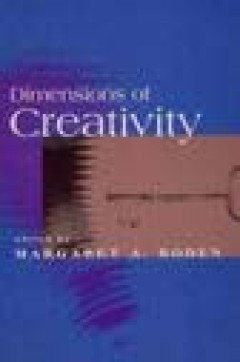
Dimensions of creativity
"A Bradford book."OCLC-licensed vendor bibliographic record. Dimensions of Creativity brings together original articles that draw on a range of disciplines—from the history and sociology of science, psychology, philosophy, and artificial intelligence—to ask how creative ideas arise, and whether creativity can be objectively defined and measured.
- Edition
- First MIT Press papterback edition.
- ISBN/ISSN
- 9780262268868
- Collation
- 1 online resource :illustrations
- Series Title
- -
- Call Number
- -

Do the Right Thing: Studies in Limited Rationality
The authors argue that a new theoretical foundation for artificial intelligence can be constructed in which rationality is a property of "programs" within a finite architecture, and their behavior over time in the task environment, rather than a property of individual decisions.Like Mooki, the hero of Spike Lee's film "Do the Right Thing," artificially intelligent systems have a hard time knowi…
- Edition
- -
- ISBN/ISSN
- 9780262282772
- Collation
- 1 online resource (xx, 200 pages) :illustrations.
- Series Title
- -
- Call Number
- -
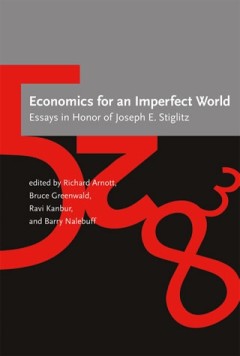
Economics for an imperfect world : Essays in honor of Joseph E. Stiglitz
Essays by leading economic thinkers reflecting the influence of 2001 Nobel Prize winner Joseph E. Stiglitz. Throughout Joseph Stiglitz's long and distinguished career in economics, the focus has been on the real world, with all of its imperfections. His 2001 Nobel Prize recognized his pioneering research in imperfect information; his work in other areas, including macroeconomics, public economi…
- Edition
- -
- ISBN/ISSN
- 9780262267342
- Collation
- 1 online resource (viii, 702 pages) :illustrations
- Series Title
- -
- Call Number
- -
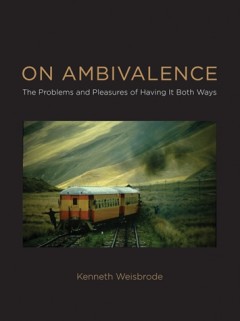
On ambivalence :the problems and pleasures of having it both ways
A concise guide to ambivalence, from Adam and Eve (to eat the apple or not?) to Hamlet (to be or not?) to globalization (e pluribus unum or not?).Why is it so hard to make up our minds? Adam and Eve set the template: Do we or don't we eat the apple? They chose, half-heartedly, and nothing was ever the same again. With this book, Kenneth Weisbrode offers a crisp, literate, and provocative introd…
- Edition
- -
- ISBN/ISSN
- 9780262301824
- Collation
- 1 online resource (81 pages)
- Series Title
- -
- Call Number
- -
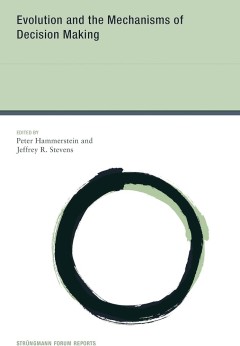
Evolution and the Mechanisms of Decision Making
"Eleventh Ernst Str?ungmann Forum held June 19-24, 2011, Frankfurt am Main."How do we make decisions? Conventional decision theory tells us only which behavioral choices we ought to make if we follow certain axioms. In real life, however, our choices are governed by cognitive mechanisms shaped over evolutionary time through the process of natural selection. Evolution has created strong biases i…
- Edition
- -
- ISBN/ISSN
- 0262306026
- Collation
- 1 online resource (xi, 434 pages) :illustrations (some color).
- Series Title
- -
- Call Number
- -
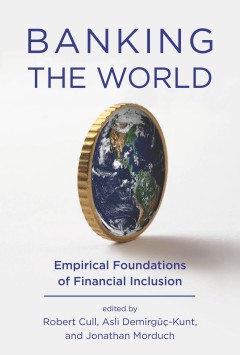
Banking the World: Empirical Foundations of Financial Inclusion
About 2.5 billion adults, just over half the world's adult population, lack bank accounts. If we are to realize the goal of extending banking and other financial services to this vast "unbanked" population, we need to consider not only such product innovations as microfinance and mobile banking but also issues of data accuracy, impact assessment, risk mitigation, technology adaptation, financia…
- Edition
- -
- ISBN/ISSN
- 0262305992
- Collation
- 1 online resource (vi, 511 pages)
- Series Title
- -
- Call Number
- -
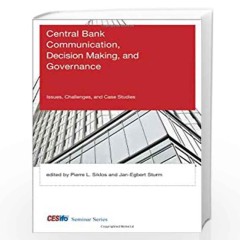
Central Bank Communication, Decision Making, and Governance: Issues, Challeng…
Experts analyze the recent emphasis on central communication as an additional policy and accountability device.In recent years central bankers have placed new emphasis on communication with financial markets and the general public. They have done this not only through the traditional channel of monetary policy pronouncements but also by increasing the quantity of information they make public. Y…
- Edition
- -
- ISBN/ISSN
- 9781461931881
- Collation
- 1 online resource (vi, 318 pages) :illustrations.
- Series Title
- -
- Call Number
- -
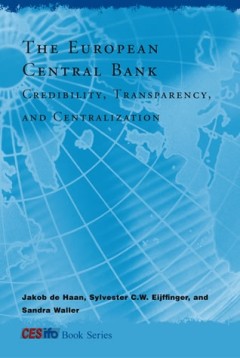
The European Central Bank: Credibility, Transparency, and Centralization
An examination of the debates on European Central Bank monetary policy, focusing on issues of transparency, credibility, and accountability and the effect of the ECB's decentralized structure.The adoption of the euro in 1999 by 11 member states of the European Union created a single currency area second in economic size only to the United States. The euro zone's monetary policy is now set by th…
- Edition
- -
- ISBN/ISSN
- 9780262271400
- Collation
- 1 online resource (264 pages) :illustrations.
- Series Title
- -
- Call Number
- -
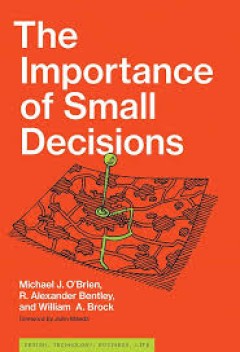
The importance of small decisions :how culture evolves
How people make decisions in an era of too much information and fake news. Humans originally evolved in a world of few choices. Prehistoric, preindustrial, and predigital eras required fewer decisions than today's all-access, always-on world of too much information. Economists have largely discarded the idea that agents act rationally and the market follows suit. It seems that no matter how sma…
- Edition
- -
- ISBN/ISSN
- 9780262352536
- Collation
- 1 online resource (160 pages) :illustrations.
- Series Title
- -
- Call Number
- -
 Computer Science, Information & General Works
Computer Science, Information & General Works  Philosophy & Psychology
Philosophy & Psychology  Religion
Religion  Social Sciences
Social Sciences  Language
Language  Pure Science
Pure Science  Applied Sciences
Applied Sciences  Art & Recreation
Art & Recreation  Literature
Literature  History & Geography
History & Geography